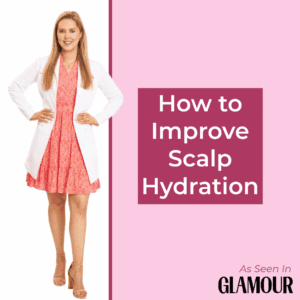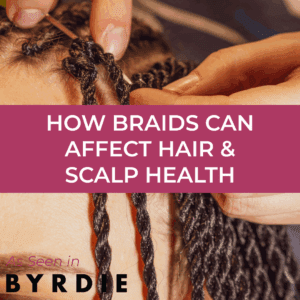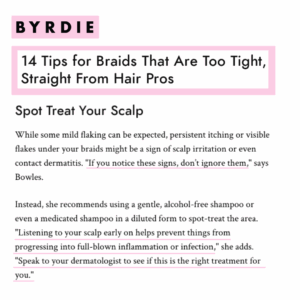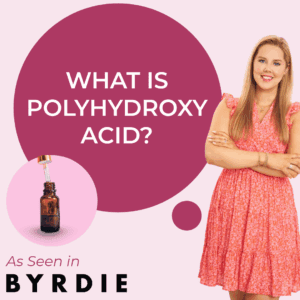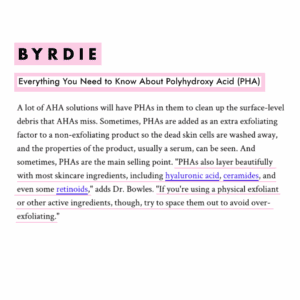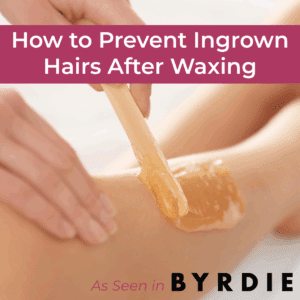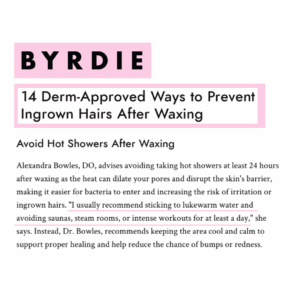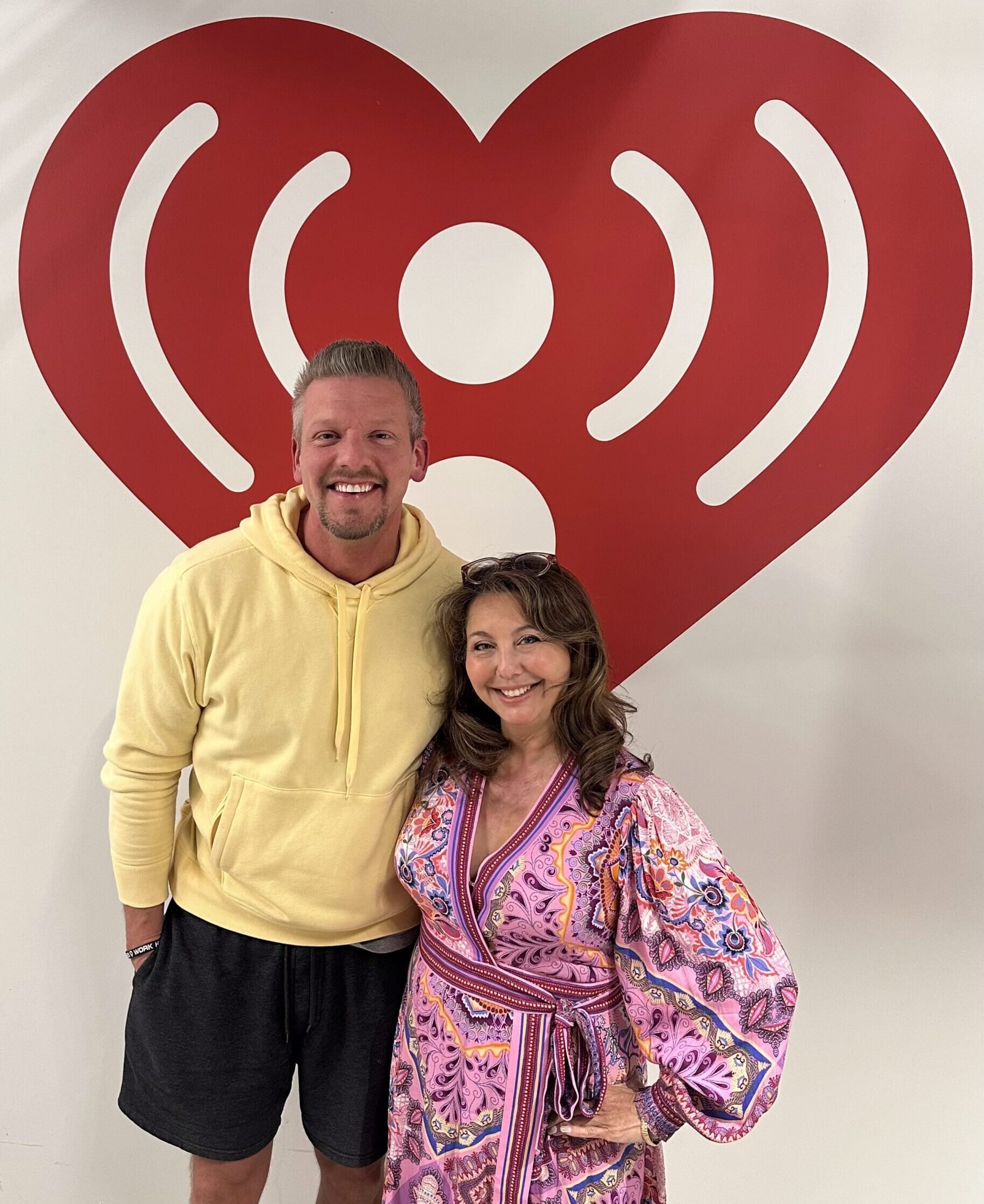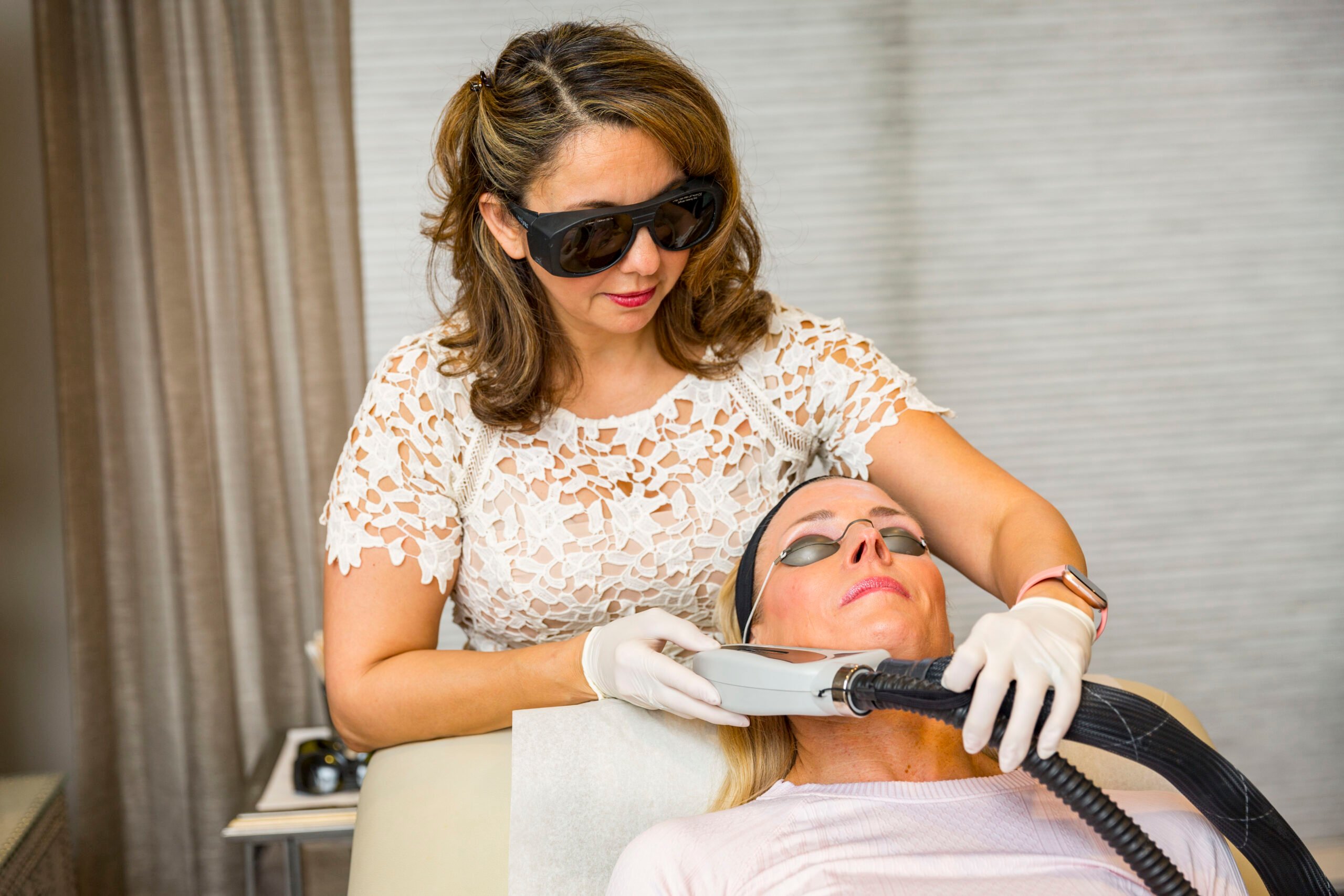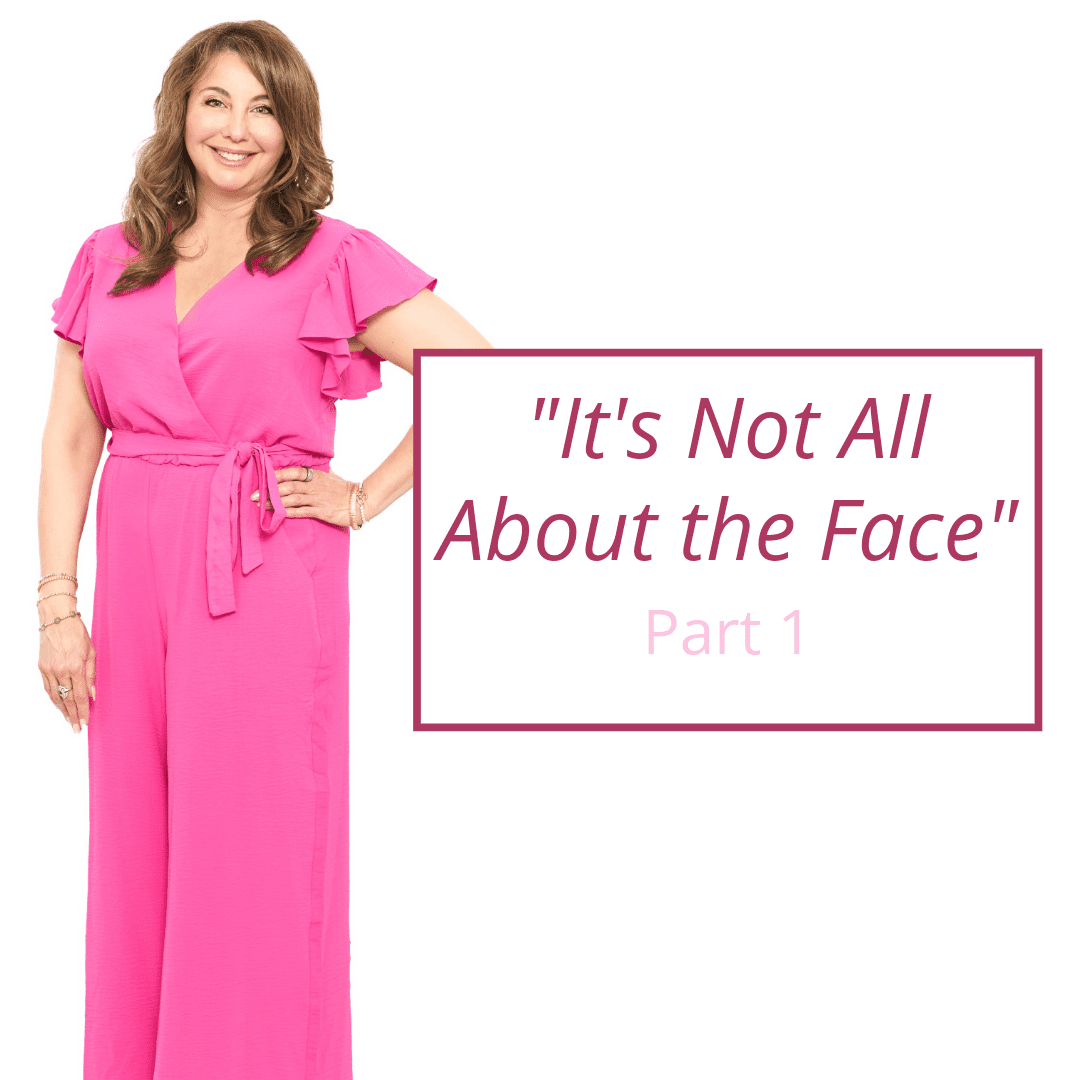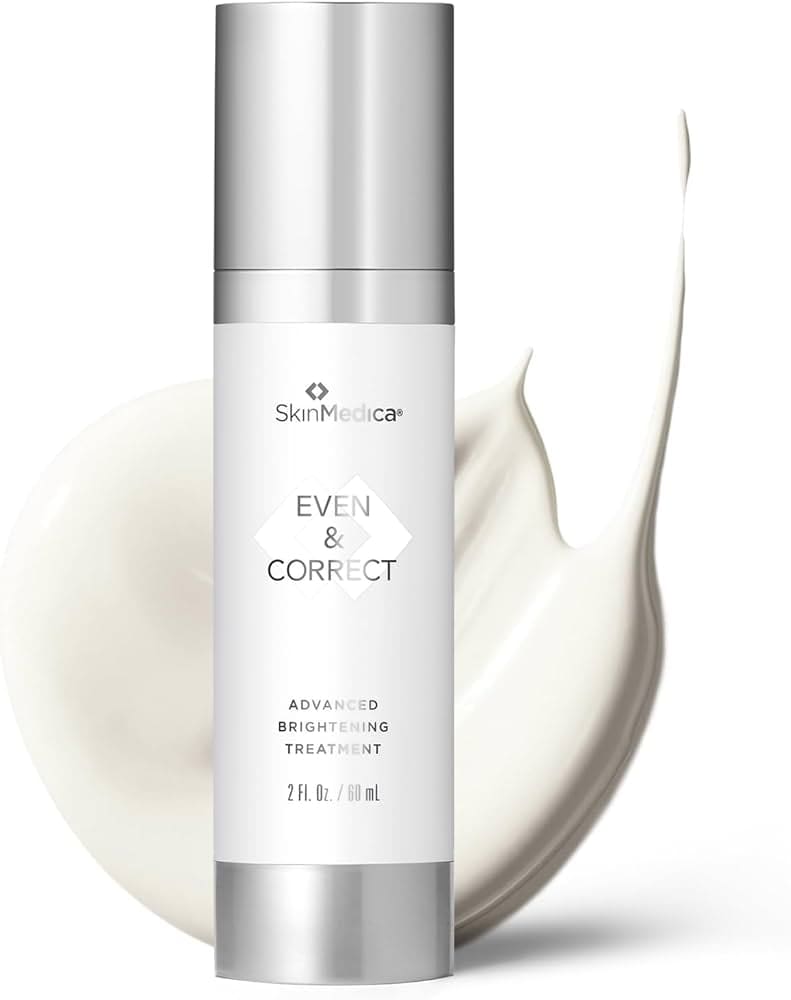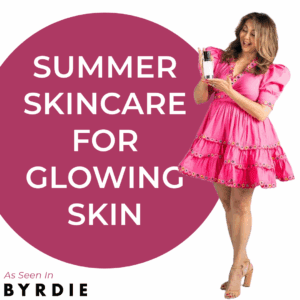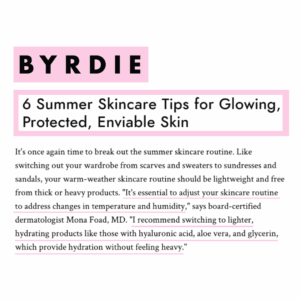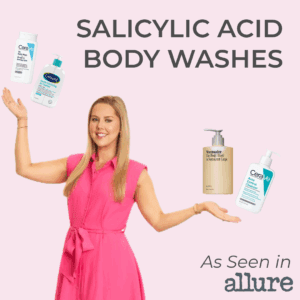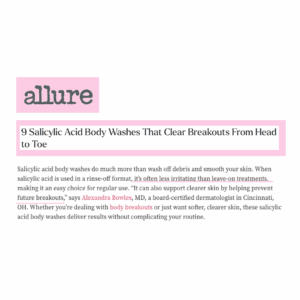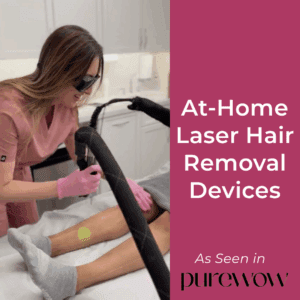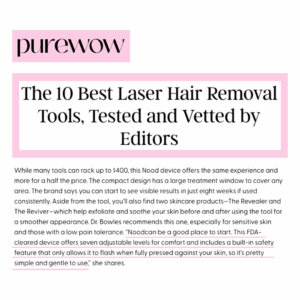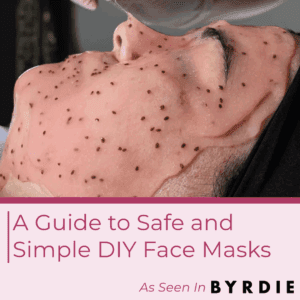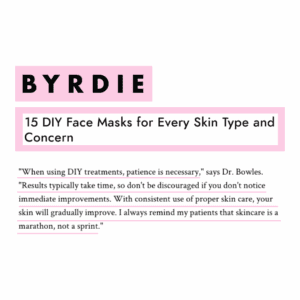How to Improve Scalp Hydration | As Seen in Glamour
How can you hydrate your scalp?
A dry scalp is often a sign that your skin barrier needs a little extra support. Luckily, there are several simple steps that can make a big difference. I usually recommend starting with a gentle, hydrating shampoo. Look for one with calming ingredients like aloe, glycerin, or oat extract to help soothe irritation while moisturizing the scalp. Avoid washing with hot water, as it can strip your scalp of its natural oils. Instead, opt for lukewarm water to cleanse effectively without over-drying.
Scalp exfoliation is another great step. Massaging with your fingertips or using a soft brush once or twice a week can help remove dead skin so hydrating treatments can absorb more deeply. I also love scalp masks or serums with nourishing oils like jojoba or squalane. They provide targeted moisture right where it’s needed most. And don’t forget internal hydration: drinking plenty of water and eating water-rich foods like cucumbers and watermelon can also help support scalp health from the inside out.
How do you get rid of dry scalp?
Getting rid of a dry scalp begins with taking a closer look at your hair care routine. I always tell my patients to pay attention to how their scalp feels between washes. If you’re washing too often or not often enough, it can throw off the scalp’s natural balance. Using a hydrating scalp treatment a few times a week can make a big difference, especially when it includes ingredients like hyaluronic acid for moisture and niacinamide to help restore a healthy skin barrier. Be sure to choose shampoos that are sulfate-free and gentle, so they cleanse without stripping the scalp of its natural oils. And while hot showers may feel comforting, washing with lukewarm water helps prevent further dryness or irritation.
It’s also important to consider your environment and overall wellness, such as protecting your scalp from cold, dry air with a breathable hat and supporting hydration from within by drinking plenty of water and incorporating skin-friendly nutrients like omega-3s and vitamins A, B, and C into your diet.
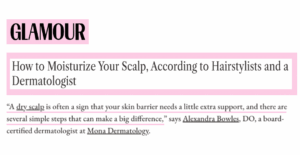
Does conditioner moisturize your scalp?
Conditioner is primarily designed to hydrate and soften the hair shaft, not the scalp itself. That said, some conditioners with nourishing ingredients like glycerin, panthenol, or aloe can provide light moisture to the scalp. However, it’s important to choose formulas that are non-comedogenic and free of heavy silicones or fragrances, especially if you’re prone to scalp buildup or sensitivity. I usually recommend focusing conditioner on the mid-lengths and ends of the hair. If the scalp is feeling particularly dry, a light, scalp-safe conditioner can offer temporary relief. Just be sure to rinse thoroughly and follow with a targeted scalp treatment if deeper hydration is needed.
How do dermatologists moisturize their scalps?
As dermatologists, we look for evidence-based solutions that address both the cause and the symptoms of dryness. Depending on what’s going on, we may recommend treatments like medicated shampoos, topical corticosteroids, or hydrating serums. This may depend on whether it’s seasonal dryness, eczema, or product-related irritation. For more routine dryness, I often suggest lightweight scalp oils or leave-in treatments that restore moisture without clogging follicles. We also focus on preserving the scalp’s barrier by avoiding harsh products and encouraging regular, gentle exfoliation. Every scalp is different, so our approach is always tailored to the patient’s specific needs and skin type.
How can you moisturize the scalp naturally?
There are several gentle, natural ways to support scalp moisture that I often recommend to patients who prefer a more holistic approach. Natural oils, such as jojoba, coconut, or argan, can be massaged into the scalp to help lock in hydration. Just make sure to patch-test first and wash thoroughly to avoid buildup. Aloe vera is another great option, especially for soothing dry, irritated areas. Staying well-hydrated and eating a diet rich in omega-3 fatty acids, zinc, and vitamins A and E can also support scalp health from the inside out. And don’t forget: consistency is key. Natural remedies work best when used regularly and paired with a gentle, non-stripping haircare routine.
What causes a dry or irritated scalp?
A dry or irritated scalp can come from a number of different sources, and often, it’s a mix of factors working together. Things like over-washing, product buildup, or using shampoos that are too harsh can strip away the scalp’s natural oils and throw off its balance. Cold weather, indoor heating, or excessive sun exposure can also cause moisture loss from the scalp, leaving it dry and uncomfortable. I also remind my patients that hydration and nutrition play a role. When your body’s dehydrated or missing key nutrients, your scalp can be one of the first places it shows. Some people are simply more prone to dryness due to genetic factors or underlying conditions such as eczema or psoriasis. If the dryness persists or becomes uncomfortable, it’s a good idea to see a board-certified dermatologist who can help pinpoint the cause and guide you toward the right treatment.
Does hair texture and type impact scalp dryness?
Yes, your hair texture and type can absolutely influence how dry your scalp feels. For example, curly and coily hair types tend to be drier overall because natural oils from the scalp have a harder time traveling down the hair shaft. People with finer or straighter hair may notice dryness more quickly if they’re over-washing or using products that strip the scalp. I always remind patients that their hair and scalp require a routine tailored to their unique biology. There’s no one-size-fits-all approach. Paying attention to how your scalp feels between washes is a helpful first step.
Do certain products impact scalp dryness?
Yes, and sometimes it’s the products we use every day that quietly contribute to scalp issues. Harsh shampoos with sulfates, heavy dry shampoos, or alcohol-based styling products can strip the scalp of its natural oils, leading to dryness and irritation. Even using the wrong shampoo for your hair type can throw off your scalp’s balance. I encourage patients to read labels and look for words like “hydrating,” “soothing,” or “moisture-replenishing.” A gentle, balanced product can make a big difference in how your scalp feels.
What products do you recommend for helping with hydration?
There are several products I often recommend for hydrating the scalp. Look for serums or treatments that contain ingredients like hyaluronic acid, aloe vera, or niacinamide. These support both moisture and a healthy scalp barrier. Brands like Nécessaire ($45), Philip Kingsley Density Preserving Serum ($67), and Living Proof Dry Scalp Treatment ($38) all offer well-formulated scalp treatments that are gentle yet effective. If you’re experiencing ongoing dryness, a scalp-specific mask like Yobee Restorative Scalp Mask ($42) or SheaMoisture Pre-Wash Masque ($10), used once a week, can also help rebalance things. And as always, choosing a moisturizing shampoo without sulfates is a great foundation for healthy scalp care.

